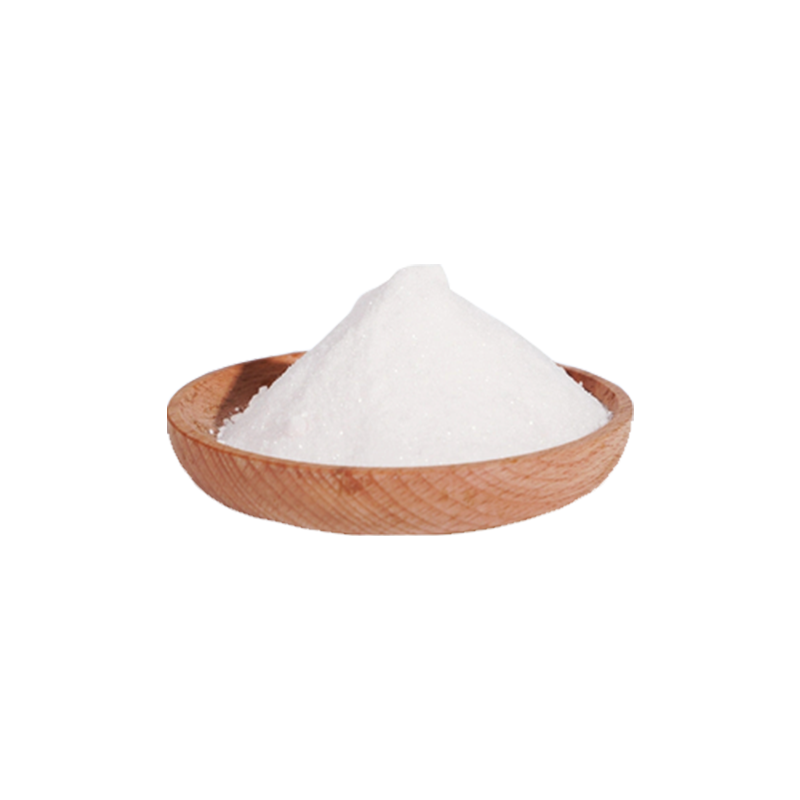-
 PASTE PVC RESIN P450
PASTE PVC RESIN P450 -
 Paste PVC resin PB 1156
Paste PVC resin PB 1156 -
 Factory directly supply good price rectangle square disposable paper dishes round oval plates
Factory directly supply good price rectangle square disposable paper dishes round oval plates -
 Indian phthalocyanine green pigment G7
Indian phthalocyanine green pigment G7 -
 Styrene-acrylic emulsion BLJ-818
Styrene-acrylic emulsion BLJ-818 -
 Latex paint, low-grade anti-corrosion paint special coating grade talcum powder
Latex paint, low-grade anti-corrosion paint special coating grade talcum powder -
 Zhongtai Brand PVC RESIN SG-5
Zhongtai Brand PVC RESIN SG-5
Q
how many monomeric units are in polymers macromolecules
I'm a seasoned industrial engineer with a keen interest in machine learning. Here to share insights on latest industry trends.
I'm a seasoned industrial engineer with a keen interest in machine learning. Here to share insights on latest industry trends.
You May Like
Pigment White 6, also known as Titanium Dioxide (TiO2), is widely used in various industries for its bright white color and opacity. The International Agency for Research on Cancer (IARC) has classified it as a Group 2B carcinogen, which means it is "possibly carcinogenic to humans" based on inhaling fine particulate forms of TiO2. However, this classification does not necessarily apply to all forms of exposure. When ingested or applied to the skin in non-inhalable forms, such as in sunscreens or food additives, the evidence does not suggest a cancer risk to humans. Regulatory bodies, including the U.S. Food and Drug Administration (FDA) and the European Food Safety Authority (EFSA), have deemed it safe for use in food, pharmaceuticals, and cosmetics, provided usage guidelines are followed. To minimize risk, industries are advised to manage dust and use appropriate safety precautions in workplaces where inhalation could occur.
Polyethylene bottles are used to store water primarily due to their lightweight and durable properties, making them highly convenient for both transportation and everyday use. Polyethylene is a type of plastic that is relatively inexpensive to produce, which contributes to the lower cost of these bottles compared to alternatives such as glass or metal containers. Additionally, polyethylene is chemically resistant, meaning it does not react with water or other substances it may come into contact with, ensuring the water stored inside remains uncontaminated. The material is also flexible, allowing it to absorb impact without breaking, a critical factor for packaging and transporting. Moreover, polyethylene can be easily molded into various shapes and sizes, providing versatility in design. Despite these advantages, it's important to mention the environmental impact of disposable polyethylene bottles, which has led to increased interest in reusable options.
The Amino Acid Score (AAS) is a nutritional metric used to evaluate the quality of protein in foods by comparing the amino acid profile of the food against a reference protein. Amino acids are the building blocks of proteins, and nine of them are essential because our bodies cannot synthesize them; they must be obtained through diet. The AAS measures how well a protein source provides these essential amino acids (EAAs). In the calculation, the ratio of each EAA in the food to that in the reference pattern is determined, and the lowest ratio (limiting amino acid) defines the score. A score of 1.0 or 100% indicates an ideal match. Foods with an AAS below 1.0 lack one or more EAAs, impacting their overall protein quality. This tool helps in dietary planning and supplementing diets deficient in certain amino acids.
You May Like
Q&A
- •does e ink hurt your eyes
- •is ink 1 dimension
- •how to make pigments from plants in wow
- •how to coat ar15 lower
- •are amino acids amines
Popular Information
- •The Sharp Rise of PE Futures Drives the Spot Market Soaring
- •Report on AMAI’s conference on ‘New Developments in Chlor-alkali Industry’
- •Bullish on auto; no pharma, chemical stocks in portfolio buy may get in later: Deepak Shenoy
- •Rubber and Plastics: With Weak Downstream Demand, Polyethylene Spot Market Slightly Reduces
- •INOVYN commences specialty vinyls production in Belgium











